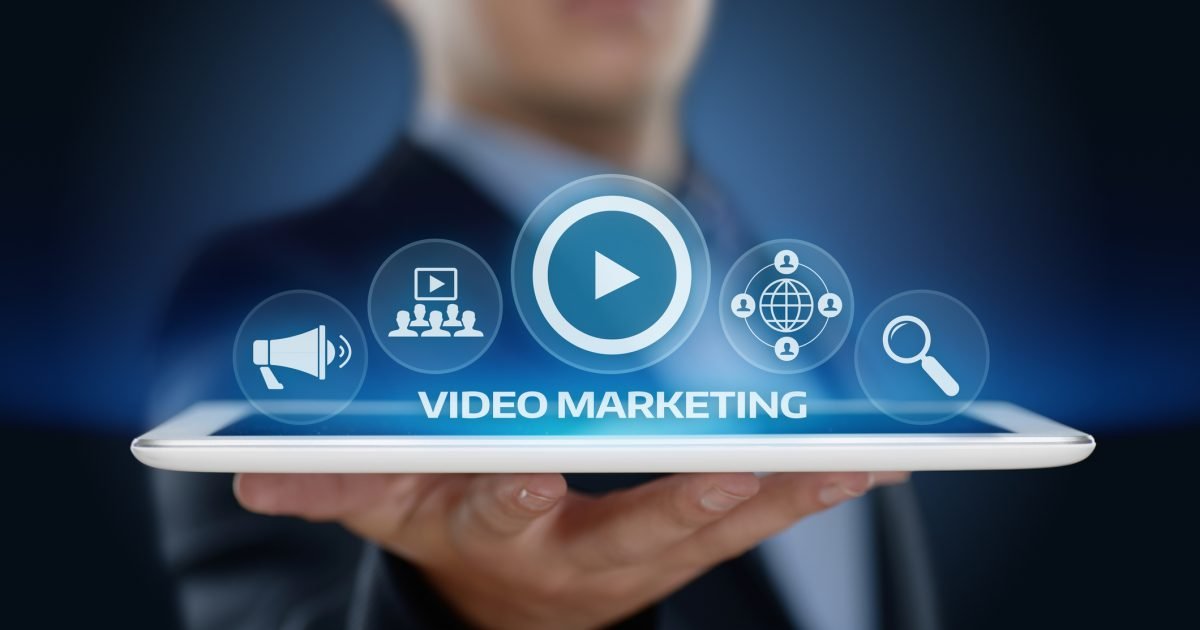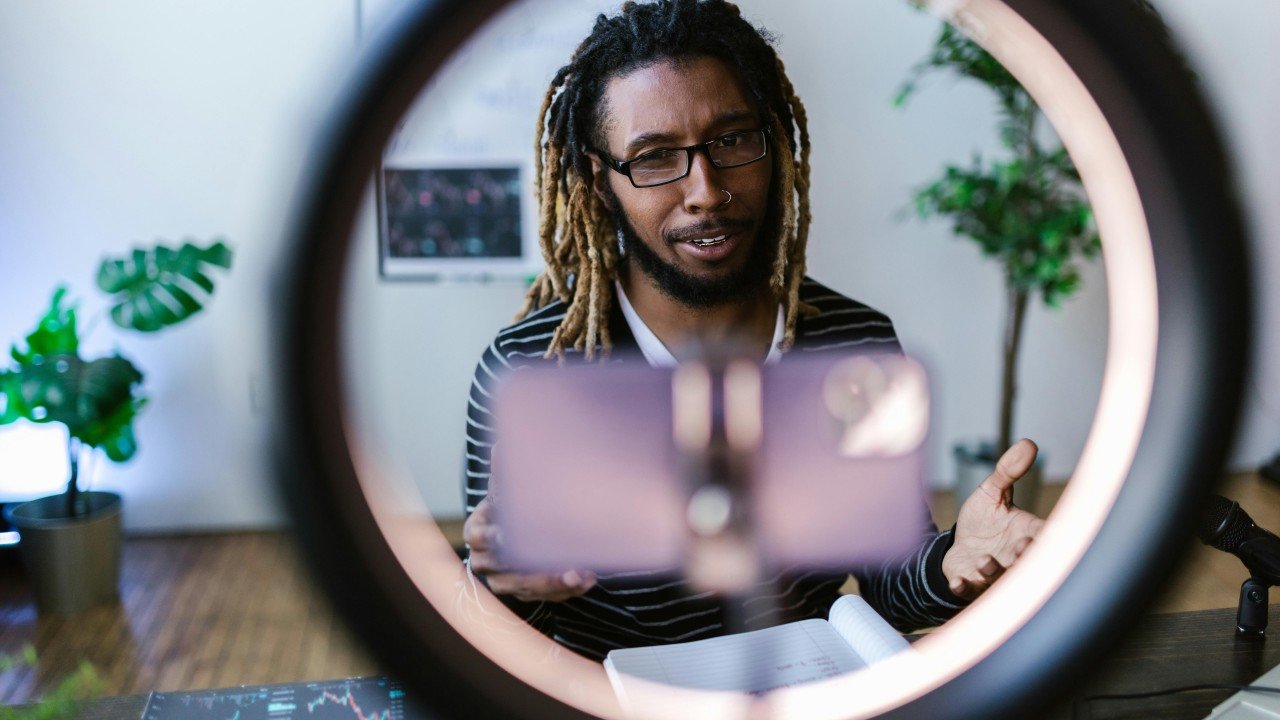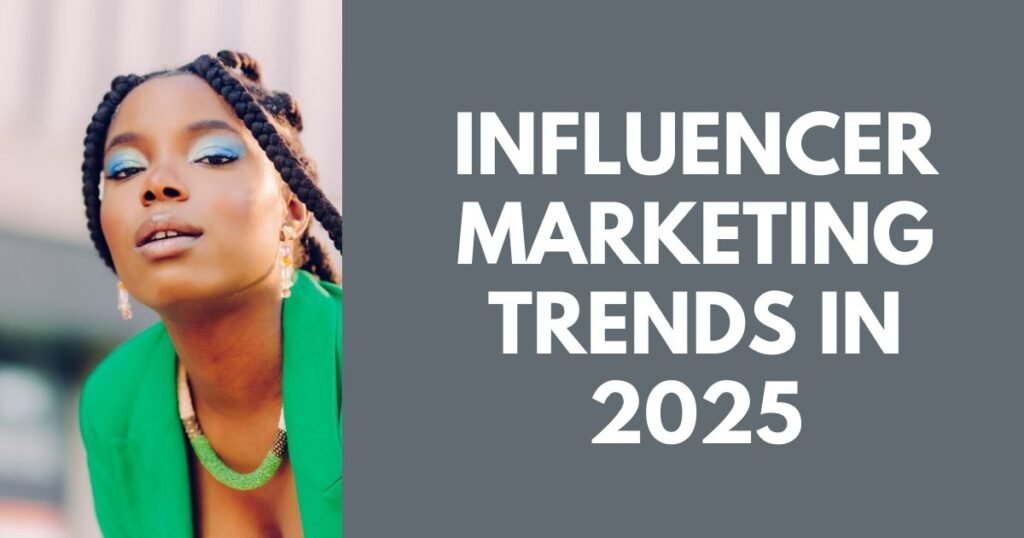Influencer marketing has rapidly evolved from a niche strategy to a central pillar of modern advertising. Brands are increasingly investing in influencer partnerships to reach engaged audiences, build trust, and drive conversions. As we move toward 2025, the landscape of influencer marketing is set to undergo even more profound changes. In this post, we’ll explore the influencer marketing trends to watch for in the near future and how these developments will shape the way brands approach collaborations.
-
AI-Generated Influencers: The Future of Digital Endorsements
One of the most intriguing influencer marketing trends for 2025 is the rise of AI-generated influencers. These are virtual personalities powered by artificial intelligence that don’t exist in the physical world but can influence consumer behavior just like traditional influencers. Companies like Lil Miquela and Shudu have already paved the way by creating digital avatars that interact with followers, post content, and even collaborate with brands.
Why is this trend significant?
Control and Customization: Brands have complete control over AI-generated influencers, which eliminates the risk of scandals, and allows for precise targeting and messaging.
Cost-Effective: Virtual influencers don’t require travel, can create content 24/7, and don’t have to worry about exhaustion or controversies.
Appealing to Gen Z and Millennials: Younger audiences, especially Gen Z, are more accepting of virtual influencers and often interact with them as if they were real people.
Expect influencer marketing agencies to begin incorporating AI personalities into their campaigns, offering brands a new way to engage with audiences.
-
The Growing Dominance of Video Content and Live Streaming
Video content has already become one of the most popular formats for influencer marketing, and this trend is only going to strengthen by 2025. Platforms like TikTok, Instagram Reels, and YouTube Shorts have made short-form video the preferred method of consuming content. However, live streaming is the next frontier.
In 2025, live streaming will likely become a more integral part of influencer marketing, allowing brands to interact with followers in real-time and build deeper relationships with their audience.
What’s driving this trend?
Real-Time Engagement: Live streaming offers an unparalleled opportunity for immediate interaction, allowing influencers to respond to comments, promote products, and host Q&A sessions with their followers.
Shoppable Streams: Social commerce is growing, and platforms like Instagram and TikTok already allow influencers to sell products directly through live streams, which is a powerful tool for driving sales.
Increased Authenticity: Audiences are drawn to the raw, unscripted nature of live content, which adds a level of authenticity to brand messaging.
In 2025, we expect live streaming to move beyond just “influencers” to include all kinds of creators, making it even more integrated into influencer marketing strategies.
-
Rise of Purpose-Driven Influencer Partnerships
Another significant shift in influencer marketing trends is the growing demand for purpose-driven collaborations. Consumers, particularly younger generations, are increasingly gravitating toward brands that stand for something beyond profit—whether it’s social justice, sustainability, or mental health awareness.
In 2025, expect more brands to partner with influencers whose personal values align with their own, as audiences expect brands to act responsibly and contribute to meaningful causes.
Key points to consider:
Authenticity is Key: Audiences can spot “greenwashing” or virtue signaling from a mile away. To be successful, brands must collaborate with influencers whose beliefs genuinely align with their values.
Diversity and Inclusion: Brands will increasingly seek influencers who represent a wide range of communities, reflecting the importance of diversity and inclusion in modern marketing strategies.
Sustainability: Eco-friendly products and sustainable fashion will continue to rise, and influencers who advocate for these causes will become even more valuable to brands in 2025.
As influencer marketing becomes more aligned with consumer ethics and values, this trend is likely to grow in prominence, especially among younger, socially conscious consumers.
-
Micro- and Nano-Influencers Are Still King
While the days of celebrities dominating influencer marketing may be coming to a close, the power of micro- and nano-influencers will continue to rise in 2025. These influencers, with smaller but highly engaged followings, provide more targeted outreach and often produce better ROI for brands.
Why are micro and nano influencers so important?
Higher Engagement Rates: Smaller influencers often have more personal connections with their audiences, leading to higher engagement rates compared to larger influencers.
Trust and Credibility: Followers tend to trust micro-influencers more because they appear more relatable and authentic. They’re seen as “real people,” not celebrities.
Cost-Effectiveness: Brands can collaborate with multiple micro-influencers for a fraction of the cost it would take to partner with a celebrity or large-scale influencer.
By 2025, the trend of leveraging micro and nano influencers will only grow stronger, with more brands recognizing the value in these partnerships over high-profile celebrity endorsements.
-
New Platforms Gaining Traction
As influencer marketing evolves, new social media platforms are emerging, and some are gaining traction faster than expected. While platforms like Instagram, TikTok, and YouTube will still be dominant, niche platforms will continue to carve out space for influencer campaigns.
New platforms to watch in 2025 include:
BeReal: The app that emphasizes real, unfiltered moments is already popular among Gen Z, and as authenticity becomes more important, BeReal will continue to grow as a platform for influencer collaborations.
Threads by Meta: A potential competitor to Twitter, Meta’s Threads is still growing, but by 2025, it could have matured into a viable platform for influencer marketing, especially with its integration with Instagram.
Discord and Twitch: Although Twitch is known for gaming, Discord’s rise as a community-building platform offers new opportunities for influencers to create exclusive communities and content experiences that brands can tap into.
Substack: As more creators embrace the subscription-based model for newsletters and content, influencer marketing will move into the email and paid subscription spaces, opening up a whole new avenue for brands.
Brands will need to diversify their influencer marketing strategies across various platforms in 2025 to stay ahead of the curve and maintain relevance with different audience segments.
-
AI and Data Analytics Will Power Campaign Optimization
The role of artificial intelligence in influencer marketing will continue to expand in 2025, not only for creating AI-generated influencers but also for optimizing campaigns through advanced data analytics.
How AI will shape influencer marketing in 2025:
Predictive Analytics: AI will help brands predict which influencers will perform best by analyzing past performance data, engagement trends, and audience behavior.
Content Optimization: Brands will use AI tools to help influencers optimize their content, ensuring it resonates with their audience, whether it’s adjusting captions, timing, or video formats.
Audience Segmentation: AI will make it easier for brands to find and partner with influencers whose followers are most likely to convert, further enhancing ROI.
AI’s integration into influencer marketing will make campaigns more efficient, personalized, and effective, allowing brands to refine their strategies with greater precision.
Conclusion
The future of influencer marketing is exciting and full of possibilities. From AI-generated influencers and virtual personalities to the continued rise of micro-influencers and the growing importance of live streaming, the landscape is poised for transformation. Brands will need to embrace new platforms, harness the power of data analytics, and align with influencers who share their values in order to stay competitive in 2025 and beyond.
By staying ahead of these trends, businesses can build authentic, impactful relationships with their target audience and create successful, sustainable influencer marketing campaigns that drive growth and engagement.

